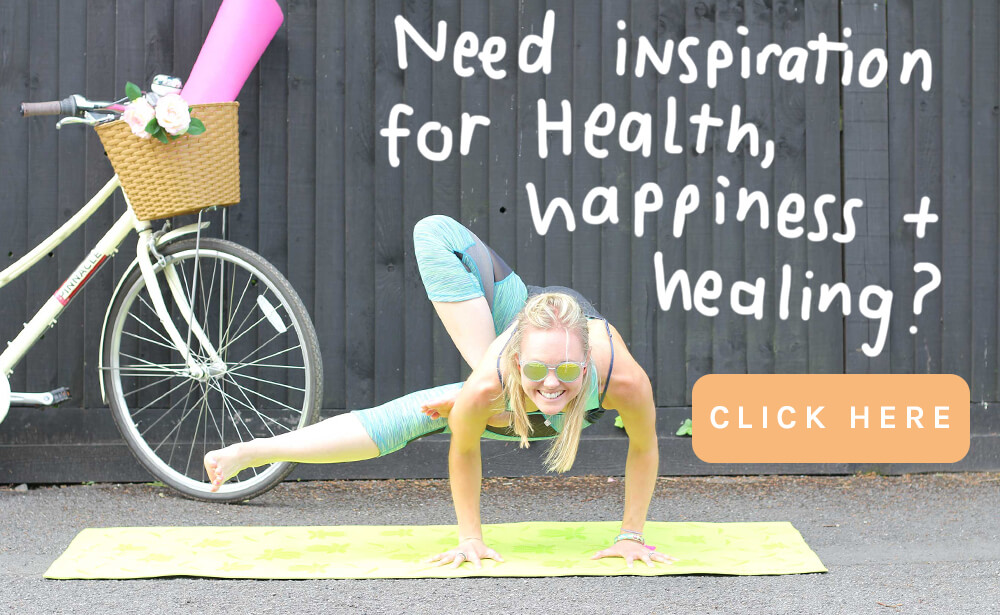Yoga Playlists: a Yoga Teachers Worst Nightmare
Yoga Playlists: A Yoga teachers worst nightmare.
Yoga Playlists can have a huge impact on a yoga practice. On my second teacher training in India, it was suggested that it is almost sacrilegious to practice yoga with music – when really, “your breath should be your music” and I totally get that.
BUT
I also hot-damn love practicing yoga to some awesome tunes.
For me practicing with music can evoke all sorts of the good ol’ fashioned feels – which is half the reason we step onto the mat in the first place – to feel something.
Half the time, if I’m honest, if the practice is going really well, if I’m focused on my breath and exactly what I’m doing (like a #goodyogi), then I tend to tune out the music anyway. But there are always those little moments in the beginning or those end moments where things are starting to simmer down when you can suddenly become aware of the music (or lack thereof) in the room.
Yoga playlists can also help shift the energy in the room, or in the practice – music or chanting with stronger beats and a quicker tempo work really well if the class still needs to be in a high energy zone, whereas when things are coming down to relaxation and savasana, music with a slower tempo or with a less intense beat can help draw the energy of the room towards stillness.
With that being said, I think for any yoga teacher who has worked really hard to bring the entire room down into a state of “chill” – with language, breathwork, movement, lighting and music – to suddenly have an unexpected random shuffle on your yoga playlist and for Britney Spears circa 1998 to BLARE out from the speakers is literally a yoga teachers worst nightmare.
LITERALLY, the worst nightmare.
(One time in class, I had a sneaking suspicion that my music was about to randomly shuffle – and all I can say, is – you’ve never seen a yoga teacher move so fast to the sound system!)
My music style and taste in “yoga music” has changed quite a lot over the years of teaching.
(As in, I look back at some of my earlier playlists and think to myself – wow, what were you thinking, woman?!)
But maybe that will always be the case somewhat with music – tastes change and shift over time.
For any yoga teachers out there, I wanted to share my top 3 tips for easily and effortlessly creating playlists:
- Create an energy arc in your playlists to match your class.
Generally when I teach I start off with smaller warm-up sequences and then progress through Sun Salutations into the bigger (ie: more energy heavy) portion of the practice and then bring the energy down towards the end as we move towards Savasana. This is also reflected in the playlists that I choose play.When I organise my music, I have four different playlists in my Spotify account-
1. SLOW BUILD
2. PEAK
3. SLOW DOWN
4. SAVASANAIn each of these playlists I drop music when I hear it, that for me, falls under that category.
SLOW BUILD – songs with a slower steady rhythm, but perhaps with an uplifting tone.
PEAK – songs that have a strong beat or a full, steady/heavy rhythm. These songs can be slightly quicker in tempo than the others.
SLOW DOWN – these songs are similar to the warm up, and they often may overlap – but I find these songs can be slightly more melancholy in tone.
SAVASANA – songs/chanting that are very slow, rhythmic, calming, soothing, less of a strong beat.Once I have a bulk of songs in each of these categories, I can then quickly piece together playlists by selecting a few songs from the SLOW BUILD, then PEAK, then SLOW DOWN and then SAVASANA.
If I know I am going to be teaching a class that is more restorative and less energising, then I select more songs from the warm up and cool down and maybe even omit the PEAK songs altogether. Similarly, if I know I am going to be teaching a really energising flow then I will reduce the number of SLOW BUILD songs and SLOW DOWN songs in favour of the PEAK songs. This system works really well for me! - Make Shazaam your best friend!
If you don’t have Shazaam on your phone, get it! Shazaam is an app that can help you identify songs that you hear whilst out and about! I use this app almost every time I step into a shop or restaurant with a cool soundtrack! I’ve discovered SO many amazing artists this way! When you hear a great song that you don’t know come on, you open the app, hold up your phone to the sound source and it will try and identify the song for you!
Once you have the song – you can go home and search for them/add them to your Spotify account/wherever you organise you music.Often coffee shops and stores (esp boutique ones) have really great playlists – and it’s another reminder to be present and aware of sounds around you. - Use the suggested playlists/browse function on your playlist provider.
Another great way to find new music is following the suggested music/discover playlists through Spotify (or your music provider, if they have one!). I’ve discovered great new music like this – and what is great is that I can leave a playlist running in the background while I am working and then suddenly, a song will come on that my ears perk up to and it draws me in – and then I hop over and add it to my appropriate playlist – (SLOW BUILD, PEAK, SLOW DOWN or SAVASANA) based on how it sounds to me and the rhythm/energy/beat of the song.
So in that sense it’s really useful to have those 4 playlist categories that I can quickly “dump” the song into – without letting it really distract me too much!
How do you organise your yoga playlists and music?
Do you like to practice with music? I’d love to hear your thoughts on this!
Leave a comment below or come share with me on Instagram.
You can find me by searching ‘Che Dyer’ on Spotify if you want to see some of my playlists.









This is so helpful, thank you!
Glad it’s been helpful for you! Thanks for reading!